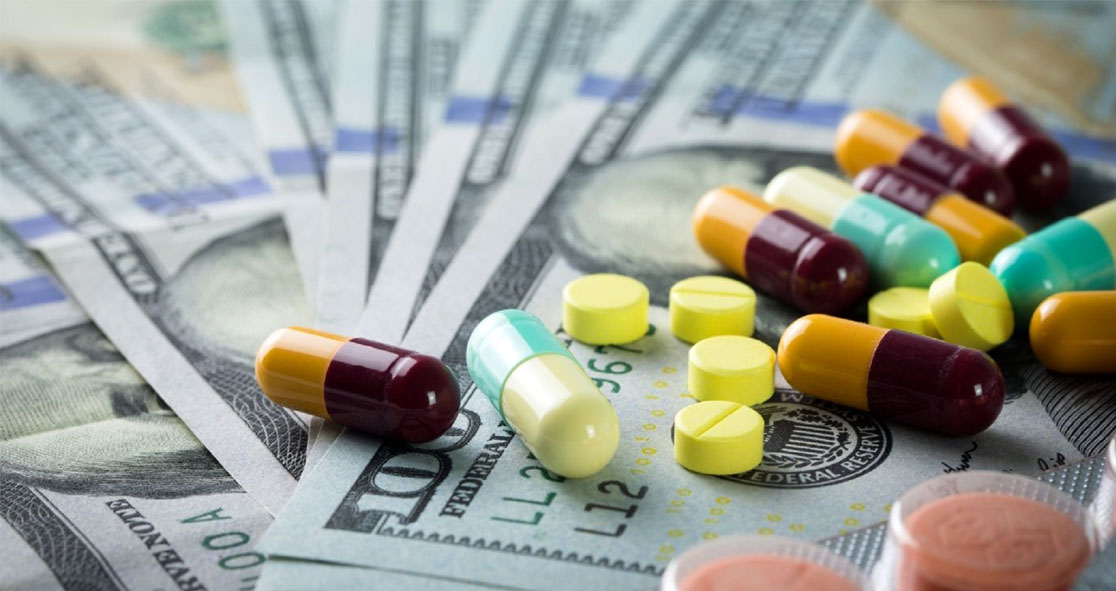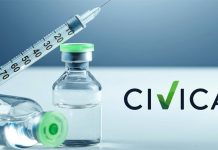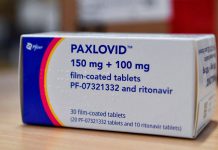In the United States, high prescription drugs price is taking a toll on people to an extent where they are failing to be compliant with their treatments. This outcry demands new laws to rein in the cost of drug prices. However, over 90% of all prescriptions in the nation are filled with generic drugs.
There is a huge difference between the costs of brand-name and generic drugs. The difference is so large that billions of dollars could be saved each year by having prescriptions filled at the lowest-cost pharmacies, according to industry expert Alfred Engelberg.
Engleberg is a counsel to the generic drug industry.
He wrote an article on Stat News, titled “Outdated rule increases Medicare’s costs for generic drugs by $26 billion a year,” in which he explained how low-cost pharmacies are offering much lower prices than the federal government pays insurance plans under the Medicare Part D.
Engleberg said companies like Amazon and GoodRx play a key role in the business of filling prescriptions as they “offer prices far lower than the federal government pays insurance plans to have these prescriptions filled under the Medicare Part D drug benefit.”
Replacing the current Part D benefit plan with a new system in which “the government directly reimburses low-cost pharmacies for filling generic prescriptions would save about $18 billion a year,” Engleberg wrote. “Patients would save an additional $8 billion in out-of-pocket copayments because the prices these pharmacies charge do not require any form of insurance or any additional co-payment.”
“In 2019, Medicare Part D filled about 1.2 billion generic prescriptions at a total cost of about $30 billion,” he added. “If the 60% savings applied to all generic drugs dispensed under Part D, the government would have saved $18 billion.”
The Part D insurance plans overcharge the government as well as patients copayments for most generic prescriptions.
More than $8 billion of the $12 billion in Part D out-of-pocket costs paid by patients are for generic prescriptions, according to IQVIA. “GoodRx estimates that its full price for filling generic prescriptions is less than the Medicare Part D copayment about one-third of the time,” Engleberg explained.
The cost of filling generic prescriptions varies because there is a lack of transparency about the true cost of generic drugs.
For more information, check the article published in State News, written by Engleberg, who played a major role in drafting the Hatch-Waxman Act of 1984, which created the modern generic drug industry. Engelberg mainly focuses on efforts to make health care and medicines more affordable.























